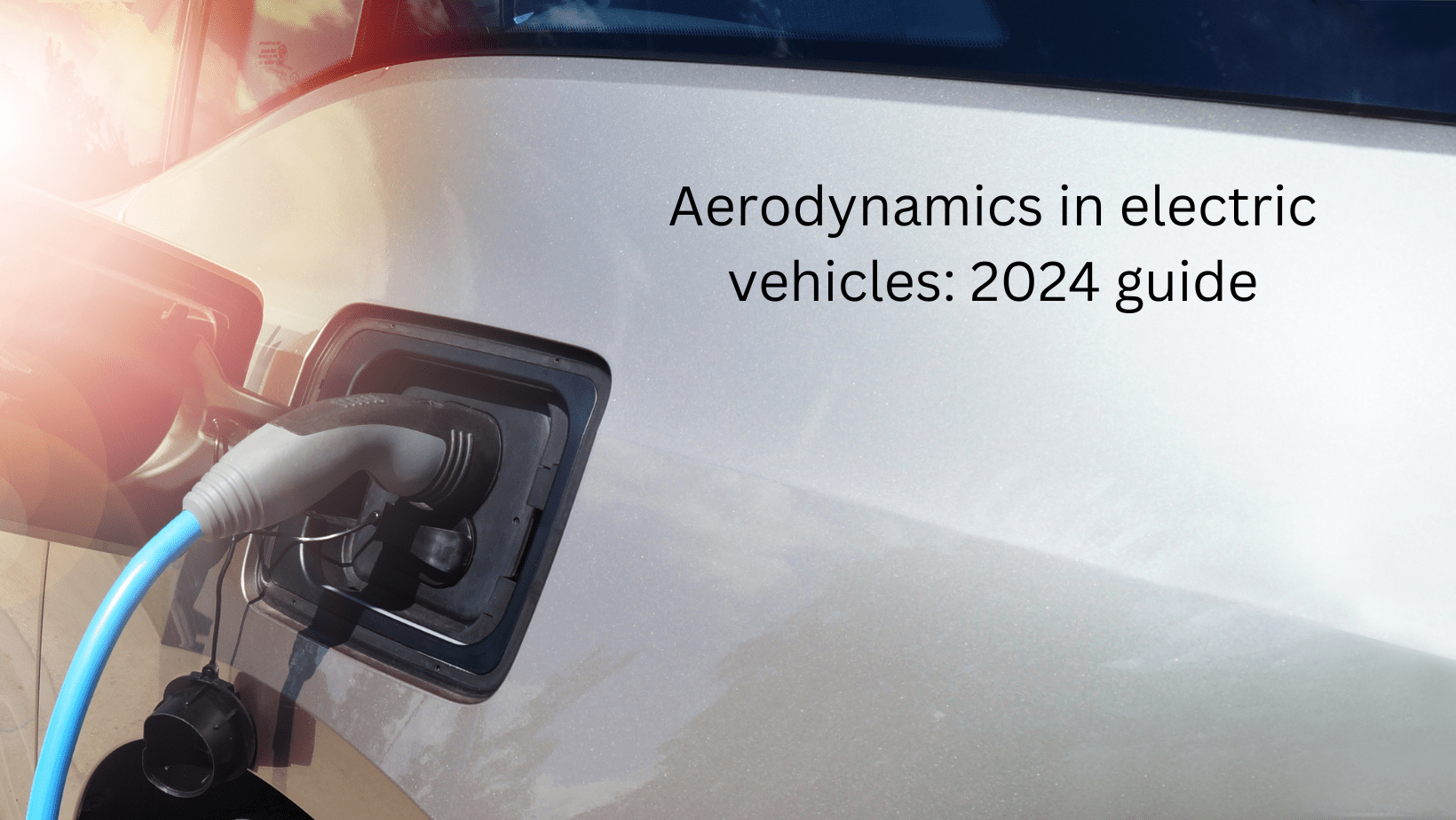Front splitters are often viewed as a mere aesthetic upgrade to a vehicle’s appearance. However, these components play a crucial role in enhancing automotive aerodynamics, offering a range of benefits that extend far beyond their visual appeal. In this article, we will delve into the front splitter advantages and how they revolutionize vehicle performance and handling.

Key Takeaways
| Advantage | Detail |
|---|---|
| Enhanced Stability | Reduces drag, improving tire contact and handling |
| Increased Traction | Enhances grip, particularly at high speeds |
| Aerodynamic Efficiency | Optimizes airflow, benefiting performance and fuel economy |
| Improved Braking | Contributes to more effective braking at higher speeds |
| Aesthetic Appeal | Adds a sleek, performance-oriented look to vehicles |
Front splitter advantages: Understanding the Function of Front Splitters
Front splitters are essentially horizontal aerodynamic devices attached to the front of a car, extending outward from the lower front bumper. Their primary function is to manage airflow around and under the vehicle. As a car accelerates, air pressure builds up at the front, leading to lift. Front splitters counteract this by diverting air upwards, which increases downforce on the front axle, thereby enhancing stability and grip.
Key Benefits of Installing Front Splitters
- Increased Downforce and Stability: Front splitters are crucial for increasing downforce, which in turn reduces lift and drag. This results in improved tire contact with the road, leading to enhanced stability, especially at high speeds.
- Optimized Aerodynamic Performance: These components work in tandem with other aerodynamic features, like rear spoilers, to balance the vehicle’s aerodynamics. By managing airflow, front splitters contribute to an aerodynamically efficient vehicle design, which is crucial for performance-oriented cars.
- Material Choices and Customization: Front splitters are available in various materials, including carbon fiber, ABS plastic, and aluminum, each offering unique benefits. Carbon fiber is lightweight and strong, ideal for performance vehicles. ABS plastic is durable and cost-effective, suitable for everyday use. Aluminum provides a balance between strength and weight. This variety allows for customization based on vehicle type and usage.
- Enhanced Traction and Improved Braking: By improving the aerodynamics at the front of the car, front splitters also enhance traction and contribute to more effective braking, particularly at higher speeds. This is crucial for both everyday driving and performance driving scenarios.
Integrating Front Splitters with Overall Vehicle Aerodynamics

To maximize the advantages of front splitters, it’s essential to consider them as part of the vehicle’s overall aerodynamic design. A well-designed aerodynamic setup, including front splitters, can significantly influence fuel economy and performance. For an in-depth look at how aerodynamics affect fuel economy, visit Aerodynamics and Fuel Economy. Moreover, understanding the basics of car aerodynamics, as outlined in Basics of Car Aerodynamics: Understanding Airflow for Performance, is crucial for anyone considering aerodynamic modifications.
For those interested in taking their vehicle’s aerodynamic tuning to the next level, exploring Advanced Aerodynamic Tuning can provide deeper insights. Additionally, learning about the Benefits of Rear Spoilers: Aerodynamic Enhancements for Cars can help you understand how front splitters can be complemented with other aerodynamic components for optimal performance.
In conclusion, front splitters are more than just a stylistic addition. They are integral to the aerodynamic efficiency and performance of a vehicle. Whether for everyday driving or for the racetrack, understanding and utilizing the advantages of front splitters can lead to a markedly improved driving experience.





